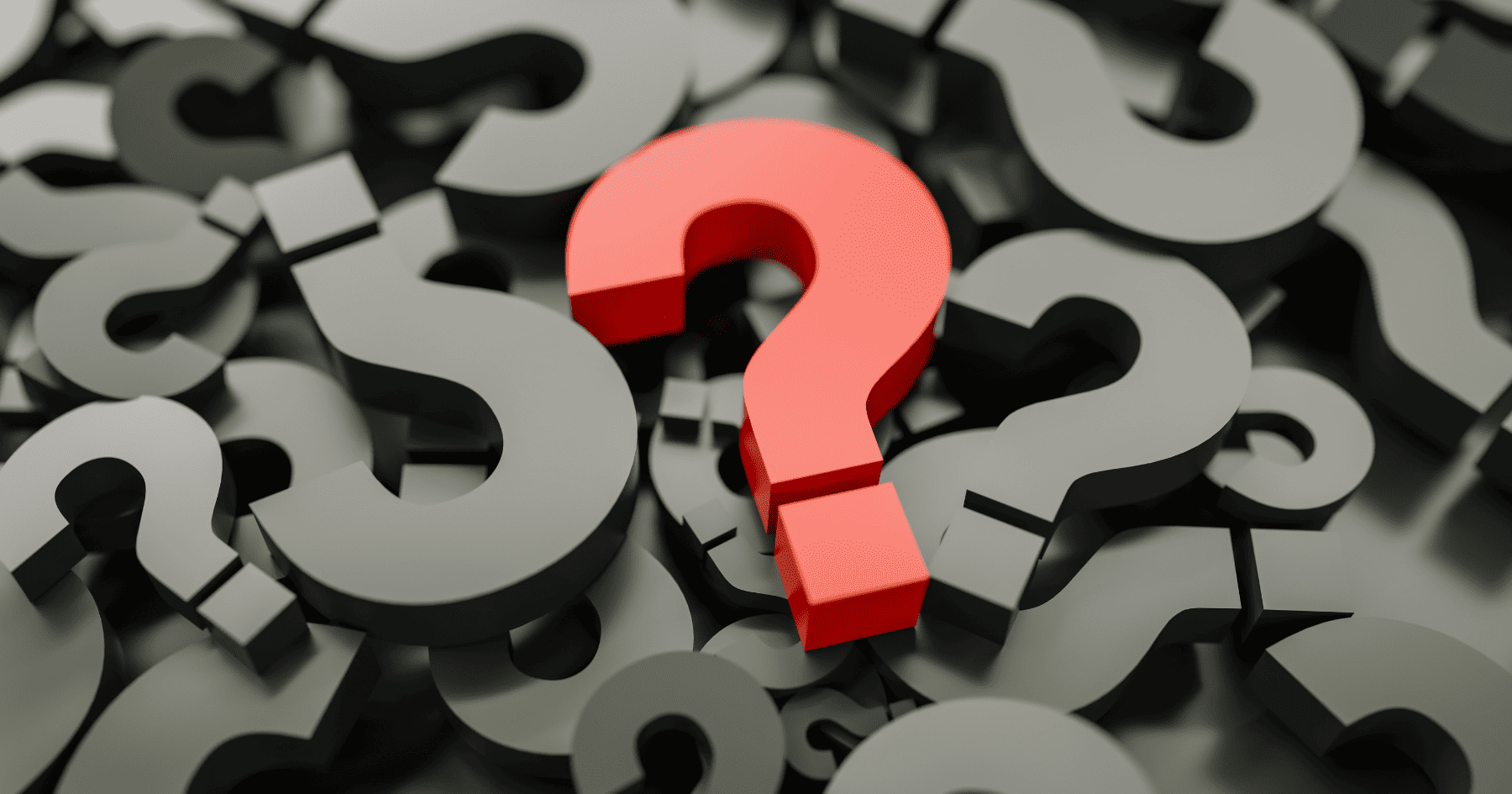When designing your website it’s important to think about why it exists in the first place. The most obvious reason is to answer the questions your visitor might have about your business. The website’s job is then to answer these questions. From your navigation bar, the headers, the content – it all exists to help them get to the answer they’re looking for.
What’s one place to answer common questions? The FAQ page.
When designing your website, we can often get stuck into how everything looks and overlook the most fundamental reason why visitors are on your site in the first place. So in today’s blog I’m going to answer the most FAQ’s about FAQ pages.
Why are FAQ pages important?
When a visitor goes onto your site, they’re looking for information that will help them find out more about your business. Their first question is usually ‘Am I In The Right Place and Would This Product or Service Work For Me?’. Your FAQ page acts as a safety net. It’s a catch all page for visitors looking for the most commonly asked questions and chances are, they’ll find what they’re looking for.
The question and answer format is so intuitive and it’s perfect for getting a lot of information conveyed to your visitor quickly.
Even Google in recent years have seen the benefits of FAQ pages. They’ve added a ‘People Also Ask’ section because they know it keeps searchers engaged.
FAQ pages are also some of the top-visited pages on websites, attracting lots of long page views.
Where to put FAQ on a website?
The most common place to put a link to your FAQ page is on the main navigation bar. The label for this link is only 3 letters, so it won’t take up too much room.
The other places where visitors will look for their answer are as follows:
- On the page where that question popped into their mind.
- If they don’t see the answer on the page, they’ll look at the navigation.
- If they don’t see a navigation label that looks like it holds the answer, they may click on FAQ and start scanning through the list.
Ideally, you want your visitor to make as few clicks as possible so if the question is answered on the page – Great! If not, the FAQ is the ‘if all else fails, look here’ option.
How To Design A Great FAQ Page.
The FAQ page design, layouts and features will all depend on the number of questions and how in depth you will go with your answers. Always design the container with your content in mind. Here are our five best FAQ page design practices.
- Use clear, descriptive navigation labels.
- Prioritise questions based on popularity.
- Keep the design simple and easy to scan.
- Show contact information in case visitors get frustrated
- If you have a lot of questions & answers, add features such as search & categorisation.
Those are our quick tips for getting a great FAQ page up and running on your website. If you want to chat to a web design expert, don’t hesitate to get in touch and we’ll be happy to help you.



